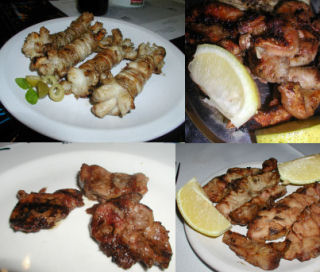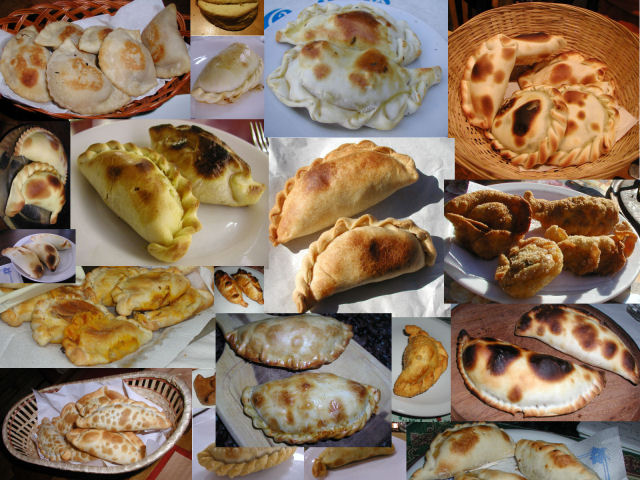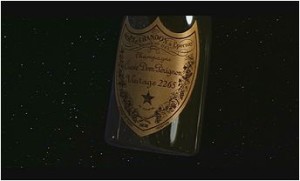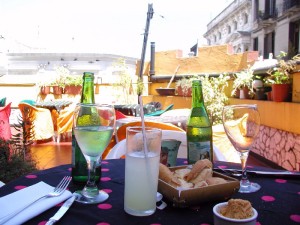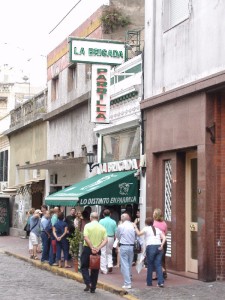Pizza in BA: An absolute must, have to, don’t miss, to die for
NEWS
June 18, 2006
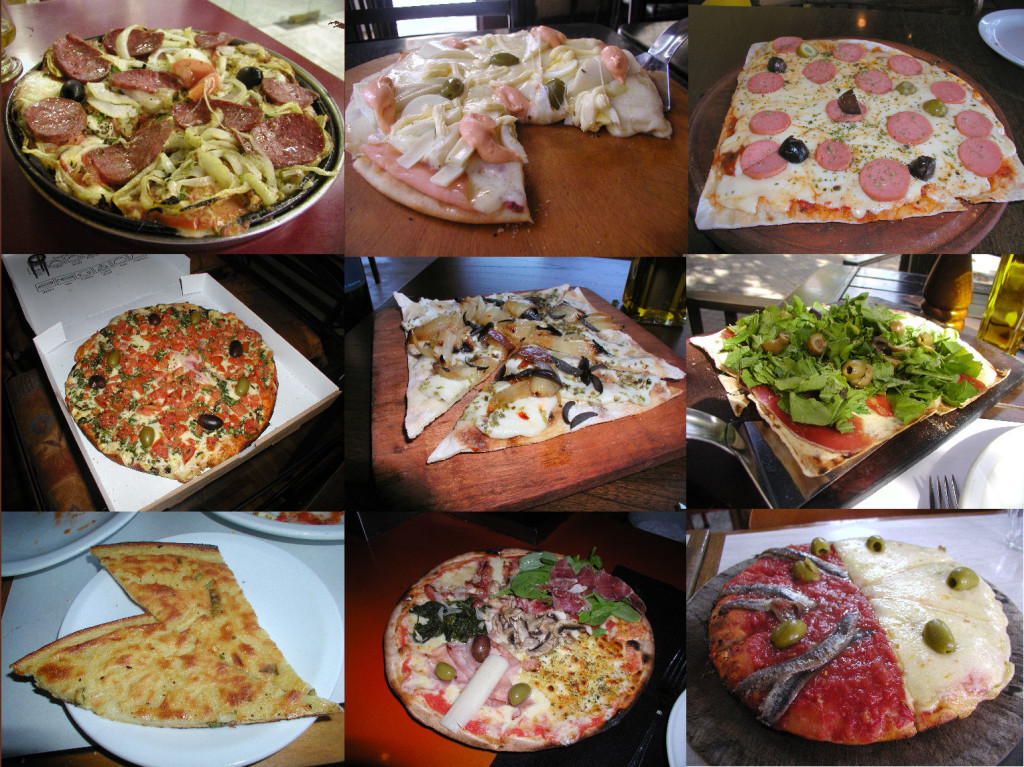
Pizza is one of those things that is easy to carry on about. We all have our likes and dislikes. Thin crust, thick crust, red sauce, white, cheese or no, and toppings from simple herbs to tuna and pineapple. Properly constructed, a pizza could be the illustration for the USDA’s food pyramid, with it’s grain-based crust, vegetable, meat, and dairy toppings.
Buenos Aires in particular, with its strong Italian-rooted population, and Argentina in general, offers up its own takes on Nature’s most perfect food. Locals can wax poetic and argue for hours over not only which pizzeria serves up the best pie, but whether pizza porteña tops New York, Chicago, or even Naples for quality. That’s not a debate I care to weigh in on, I prefer to think that everyone brings their own contribution to the table. Why limit yourself?
Pizza in Buenos Aires tends to show up in one of four guises. There are variations on the theme, with coal, wood, or gas fired ovens that produce differing results, and further variations on the former two with various types of charcoal and wood being used – for example, quebracha wood, a type of evergreen, being unique to many of the country’s ovens and grills. The most common of the four types is the pizza a la piedra, or pizza cooked on a stone. Generally a thin to medium thickness crust, this is probably the most familiar to folks from other places. Arguably the finest spot in Buenos Aires for this style is Güerrin, right by the Obelisk.
Pizza al molde, or pan pizza, is a favorite for many folk. A thicker crust, sometimes showing up a bit like just a thicker version of the piedra and sometimes a true deep-dish style – this can range from something similar to what we think of as “Sicilian” to classic “Chicago”. Though there are folks who would disagree, I think it would be near impossible here to beat Las Cuartetas, also near to the Obelisk.
Although not some new invention, as some folks here like to boast, pizza a la parrilla, or grilled pizza, is a relatively new introduction to the Capital. Cracker thin crusts, and given that most of the places serving it are sort of trendy new hotspots, often far more creative toppings than the norm, are the hallmarks of this style. There aren’t many places offering it yet, and the contenders to the throne don’t have a clear winner – Minna, in Puerto Madero Este; Morelia in Palermo Viejo; and Mamina in Liniers are clearly the top of the heap.
Buenos Aires’ unique contribution to the pizza world is the faina, a pizza, or focaccia, made of chickpea flour, the crust baked and usually served unadorned or with a simple herb or onion topping, as an accompaniment to a standard pizza. Though faina clearly comes from Liguria, where it is sometimes called farinata, (and there are versions throughout the Mediterranean – Gibralter’s “national dish” of calentita or Nice’s socca come to mind) – what makes it unusual is that here it is served as an adjunct to pizza – a “classic” porteño lunch is a a slice or two of pizza and a slice of faina – which is often laid atop of a slice of pizza as a sort of top-crust, or eaten in alternating bites – and a glass of cheap Moscato.
